INTRODUCTION – THE ILLUSION OF UNIVERSAL FORM
Sports technique is often taught as if there is one correct way. Coaches, commentators, and textbooks promote ideal form. But in reality, technique varies widely across individuals. Body type, biomechanics, cognitive style, and even cultural background shape how athletes move. What works for one person may hinder another. Technique is not a fixed template. It is a dynamic adaptation. Athletes refine movement based on feedback, injury history, and personal strengths. Elite performers often deviate from textbook form. They optimise for efficiency, not aesthetics. Technique evolves with age, experience, and context. It is shaped by equipment, environment, and tactical demands. The illusion of universal form can limit development. It may suppress innovation.
| Assumption about technique | Common belief | Reality in elite sport |
|---|---|---|
| One correct form | Everyone should move the same | Technique varies by individual |
| Textbook ideal | Perfect form equals performance | Efficiency often trumps aesthetics |
| Uniform coaching | Same drills for all | Personalisation improves outcomes |
| Technique is static | Once learned, it stays fixed | Technique evolves with context |
| Deviation is error | Non-standard form is wrong | It may be strategic or adaptive |
Sports Technique Not the Same
BIOMECHANICAL DIFFERENCES – WHY BODIES MOVE DIFFERENTLY
Every athlete has a unique biomechanical profile. Limb length, joint mobility, muscle fibre composition, and bone structure affect movement. These traits influence stride length, joint angles, and force production. Taller athletes may use longer levers. Shorter athletes may rely on compact power. Hip structure affects squat depth. Shoulder mobility affects throwing mechanics. Technique must accommodate these differences. Standardised form may cause inefficiency or injury. Coaches must assess biomechanics before prescribing movement. Elite athletes often modify technique to suit their structure. Biomechanics also influence recovery and fatigue. Movement efficiency depends on anatomical alignment. Technique is not just skill. It is structural adaptation.
| Biomechanical trait | Impact on technique | Coaching implication |
|---|---|---|
| Limb length | Affects stride, reach, leverage | Adjust drills and angles |
| Joint mobility | Influences range of motion | Tailor movement patterns |
| Muscle fibre type | Determines power vs endurance | Match technique to energy system |
| Bone structure | Shapes posture and alignment | Avoid forcing textbook form |
| Tendon elasticity | Affects recoil and explosiveness | Optimise for spring mechanics |
NEUROLOGICAL STYLE – HOW BRAINS SHAPE MOVEMENT
Movement is not just physical. It is neurological. Athletes process information differently. Some rely on visual cues. Others respond to rhythm or tactile feedback. Reaction time, motor planning, and proprioception vary across individuals. Technique must match cognitive style. Fast processors may prefer reactive drills. Slow processors may need structured repetition. Some athletes learn through feel. Others need verbal instruction. Neurological diversity affects timing, coordination, and rhythm. Technique must accommodate these styles. Standardised coaching may miss key learning pathways. Elite performers often train in ways that suit their brain. Movement is a cognitive act. Technique is shaped by perception.
| Neurological trait | Description | Technique implication |
|---|---|---|
| Visual dominance | Relies on sight cues | Use visual feedback tools |
| Auditory processing | Responds to rhythm and sound | Integrate tempo-based drills |
| Kinesthetic learning | Learns through feel | Emphasise tactile cues |
| Reaction time | Speed of response | Adjust timing and stimulus load |
| Motor planning | Sequence control | Break down complex movements |
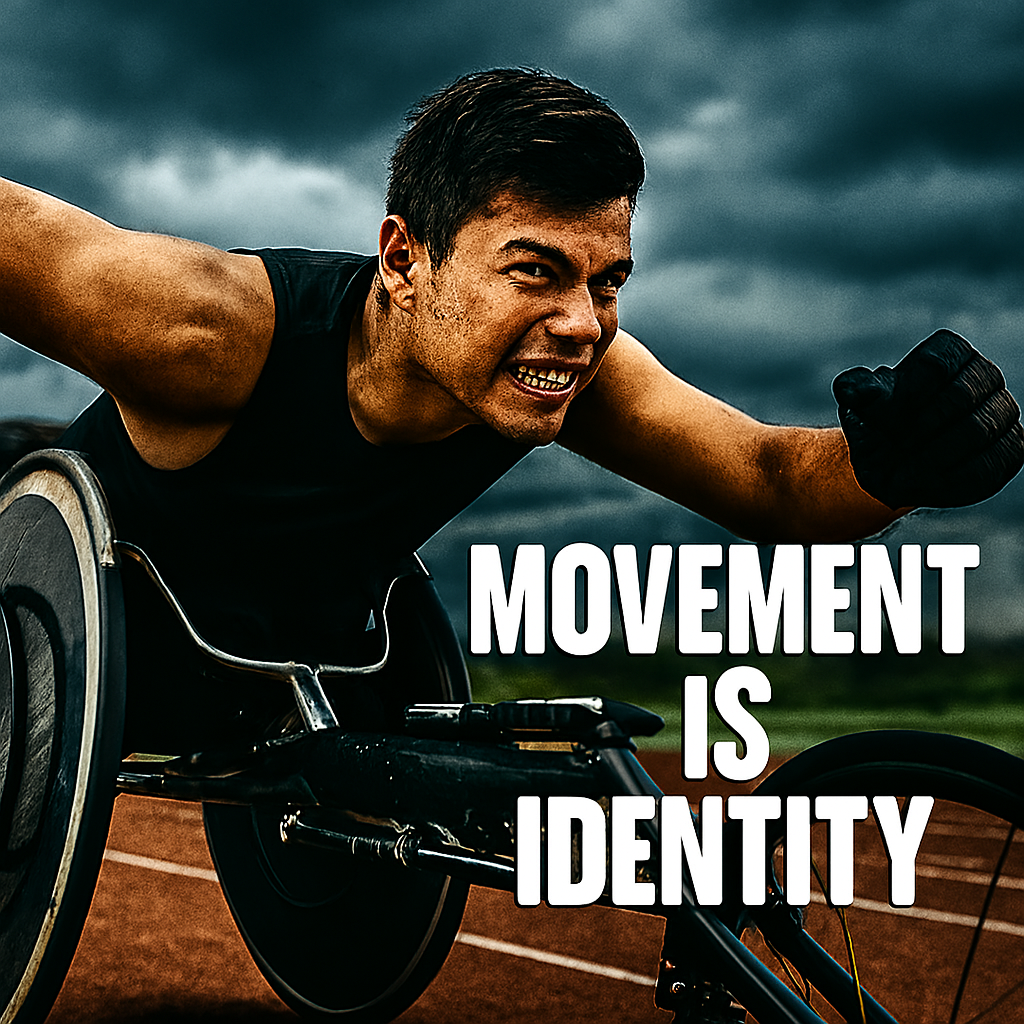
CULTURAL INFLUENCE – HOW ENVIRONMENT SHAPES TECHNIQUE
Culture shapes how athletes move. Training norms, body language, and tactical preferences vary across regions. In some cultures, fluidity is prized. In others, rigidity is taught. Technique reflects these values. Coaching language also differs. Some cultures use metaphor. Others use precision. Cultural exposure affects motor learning. Athletes raised in dance-heavy cultures may move differently. Those trained in militarised systems may favour control. Technique is not just biomechanical. It is sociocultural. Coaches must understand cultural context. Technique must be translated, not imposed. Elite teams often blend cultural styles. They adapt technique to fit diverse backgrounds. Movement is a cultural expression.
| Cultural factor | Description | Technique impact |
|---|---|---|
| Training philosophy | Fluid vs rigid | Affects movement style |
| Coaching language | Metaphor vs precision | Influences motor learning |
| Tactical norms | Aggressive vs reactive | Shapes movement priorities |
| Body language | Expressive vs contained | Alters posture and gesture |
| Cultural exposure | Dance, martial arts, etc. | Adds movement vocabulary |
INJURY HISTORY – HOW PAIN REWIRES TECHNIQUE
Injury changes how athletes move. Pain alters motor patterns. Compensation becomes habitual. Technique adapts to protect vulnerable areas. This may reduce efficiency. But it may also prevent re-injury. Athletes with knee injuries may shift load to hips. Those with shoulder issues may modify arm swing. Coaches must account for injury history. Standardised form may trigger pain. Technique must be rehabilitative. Elite performers often rebuild movement post-injury. They refine technique to match new limits. Recovery is not just healing. It is re-patterning. Technique must evolve with the body. Pain rewires movement. Technique must respond.
| Injury type | Common compensation | Technique adaptation |
|---|---|---|
| Knee injury | Hip load shift | Adjust squat and landing mechanics |
| Shoulder injury | Reduced arm swing | Modify throwing or swimming form |
| Ankle sprain | Altered foot strike | Rebuild gait pattern |
| Lower back pain | Core bracing changes | Adjust lifting technique |
| Wrist injury | Grip modification | Change hand positioning |
EQUIPMENT INTERACTION – HOW GEAR SHAPES TECHNIQUE
Equipment changes how athletes move. Shoe design affects foot strike and stride length. Racket tension alters swing mechanics. Paddle shape influences grip and rotation. Protective gear can restrict range of motion. Technique must adapt to the tools used. Athletes often modify movement to suit gear. Elite performers select equipment that complements their style. Standardised gear may force unnatural technique. Coaches must understand gear-athlete interaction. Equipment evolves with technology. Technique must evolve with it. Grip, weight, and balance all influence form. Even clothing affects movement freedom. Technique is not gear-neutral. It is gear-responsive. Personalisation includes equipment choice.
| Equipment Factor | Description | Technique Impact |
|---|---|---|
| Footwear design | Sole shape and stiffness | Alters gait and landing |
| Racket tension | String tightness | Influences swing speed |
| Paddle shape | Grip and rotation | Affects wrist mechanics |
| Protective gear | Pads, braces, helmets | Restricts range of motion |
| Clothing fit | Compression or looseness | Impacts mobility and posture |
AGE AND DEVELOPMENT – HOW TECHNIQUE EVOLVES OVER TIME
Technique changes with age. Young athletes often rely on raw movement. Older athletes refine efficiency. Growth spurts alter coordination. Hormonal shifts affect strength and flexibility. Technique must evolve with physical maturity. Youth coaching must allow for change. Adult athletes may need to unlearn habits. Aging affects joint mobility and recovery. Technique must adjust to preserve longevity. Elite performers often reinvent form across decades. Developmental stages require different movement priorities. Technique is not fixed across life. It is a lifelong adaptation. Coaches must track changes over time. Technique must serve the body at every stage. Age is not a barrier. It is a variable.
| Age Factor | Description | Technique Adaptation |
|---|---|---|
| Growth spurts | Rapid height and limb changes | Recalibrate coordination |
| Hormonal shifts | Affect muscle and flexibility | Adjust strength-based technique |
| Joint aging | Reduced mobility | Modify range-dependent movements |
| Recovery time | Slower with age | Reduce volume, increase precision |
| Movement maturity | Improved efficiency | Refine technique for sustainability |
PSYCHOLOGICAL PROFILE – HOW MINDSET SHAPES FORM
Mindset influences movement. Confident athletes move differently than anxious ones. Fear alters posture and reaction time. Aggression changes tempo and rhythm. Technique reflects psychological state. Coaches must understand mental patterns. Visualization affects execution. Self-talk influences timing. Pressure reshapes motor control. Elite performers train mental resilience alongside physical skill. Technique must absorb emotional fluctuation. Standardised form ignores psychological nuance. Movement is not just mechanical. It is emotional. Technique must reflect mental readiness. Confidence builds fluidity. Anxiety creates rigidity. The mind moves the body. Technique follows.
| Psychological Trait | Description | Technique Influence |
|---|---|---|
| Confidence | Belief in ability | Promotes fluid, assertive movement |
| Anxiety | Fear or hesitation | Causes stiffness and delay |
| Aggression | High intensity | Increases tempo and force |
| Focus | Attention control | Sharpens timing and precision |
| Resilience | Recovery from error | Maintains form under pressure |
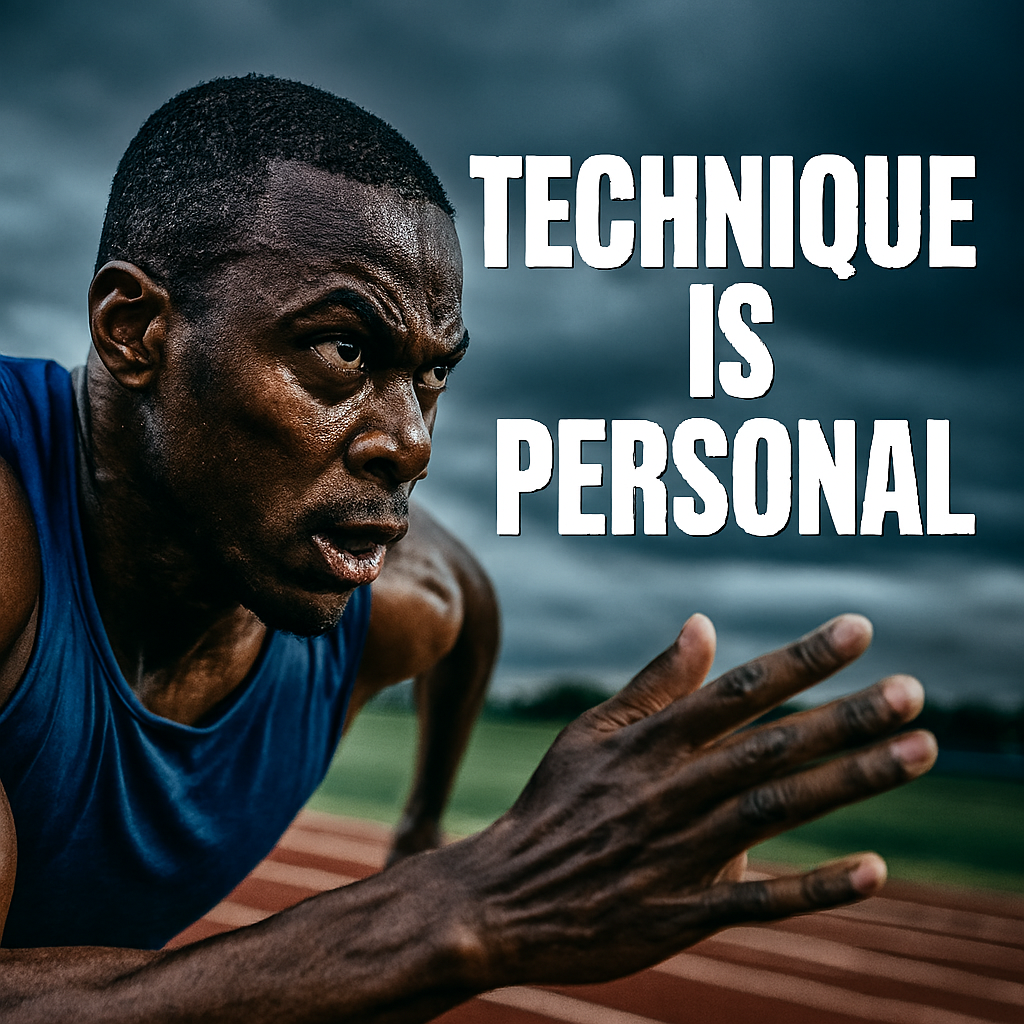
ENVIRONMENTAL CONDITIONS – HOW CONTEXT SHAPES TECHNIQUE
Technique responds to environment. Wind alters throwing angles. Heat affects grip and fatigue. Altitude changes oxygen availability. Surface type influences footwork. Athletes must adapt movement to conditions. Elite performers train in varied environments. Technique must be context-aware. Standardised form may fail in changing conditions. Coaches must teach environmental adaptation. Movement is not isolated from setting. It is shaped by it. Technique must flex with terrain, weather, and atmosphere. Indoor and outdoor settings require different mechanics. Environmental stress tests form. Technique must hold under variable pressure. Adaptability is key.
| Environmental Factor | Description | Technique Adjustment |
|---|---|---|
| Wind | Direction and speed | Alters trajectory and timing |
| Heat | Temperature and humidity | Affects grip and endurance |
| Altitude | Oxygen levels | Changes pacing and recovery |
| Surface type | Turf, clay, hardwood | Influences traction and footwork |
| Lighting | Visibility and shadows | Impacts visual timing |
TACTICAL ROLE – HOW STRATEGY SHAPES MOVEMENT
Technique depends on role. A striker moves differently than a defender. A setter uses different mechanics than a spiker. Tactical demands shape movement priorities. Coaches must align technique with role. Standardised form may ignore strategic nuance. Elite teams train role-specific technique. Movement must serve tactical function. Technique is not just physical. It is strategic. Roles change with game plan. Technique must adapt. Athletes must understand their tactical identity. Movement is a tool of strategy. Technique must reflect purpose. Function defines form.
| Tactical Role | Description | Technique Priority |
|---|---|---|
| Striker | Offensive finisher | Explosive, deceptive movement |
| Defender | Space control | Reactive, grounded technique |
| Setter | Ball distribution | Precision and timing |
| Spiker | Attack execution | Vertical power and rotation |
| Goalkeeper | Shot prevention | Reflexes and lateral mobility |
FATIGUE RESPONSE – HOW ENERGY SHAPES TECHNIQUE
Fatigue alters movement. Tired muscles lose coordination. Technique breaks down under exhaustion. Endurance athletes train form under fatigue. Coaches must monitor energy thresholds. Technique must be sustainable. Elite performers build fatigue-resistant patterns. Recovery affects movement quality. Technique must preserve efficiency when tired. Standardised form may collapse under load. Movement must be energy-aware. Fatigue reveals weak links. Technique must hold under stress. Conditioning supports form. Technique is not just skill. It is stamina. Movement must endure.
| Fatigue Factor | Description | Technique Impact |
|---|---|---|
| Muscle fatigue | Reduced force and control | Slower, less precise movement |
| Neurological fatigue | Slower reaction and planning | Poor timing and decision-making |
| Cardiovascular strain | Oxygen depletion | Reduced endurance and pacing |
| Recovery rate | Time to restore function | Affects training volume |
| Mental fatigue | Reduced focus | Increased error rate |
COACHING STYLE – HOW INSTRUCTION SHAPES TECHNIQUE
Technique is shaped by how it is taught. Coaching style influences movement development. Some coaches use direct instruction. Others prefer guided discovery. Athletes respond differently to each approach. Directive coaching may build precision. Exploratory coaching may foster adaptability. Technique reflects the learning method. Coaches must match style to athlete profile. Feedback timing also matters. Immediate correction may help some. Delayed feedback may help others reflect. Technique is not just learned. It is shaped by how it is taught. Elite performers often train under varied coaching styles. Technique must be coached, not imposed. Instruction is a variable, not a constant.
| Coaching Style | Description | Technique Influence |
|---|---|---|
| Directive | Explicit instruction | Builds precision and control |
| Exploratory | Guided discovery | Encourages adaptability |
| Feedback timing | Immediate vs delayed | Affects retention and adjustment |
| Cue type | Verbal, visual, tactile | Matches learning preference |
| Correction method | Demonstration vs explanation | Shapes motor understanding |
VISUAL PERCEPTION – HOW SEEING AFFECTS MOVEMENT
Vision guides movement. Athletes rely on sight to time, aim, and adjust. Visual acuity affects technique. Depth perception shapes spatial awareness. Peripheral vision supports reactive movement. Technique must match visual strengths. Some athletes excel with wide visual fields. Others rely on central focus. Lighting and contrast affect visual timing. Coaches must assess visual processing. Technique may falter under poor visibility. Elite performers train visual skills. Movement is guided by what the eyes perceive. Technique must be vision-aware. Standardised form may ignore visual diversity. Seeing shapes doing. Technique follows perception.
| Visual Trait | Description | Technique Impact |
|---|---|---|
| Visual acuity | Clarity of sight | Affects precision and targeting |
| Depth perception | Spatial awareness | Influences timing and distance |
| Peripheral vision | Awareness of surroundings | Supports reactive movement |
| Visual tracking | Following moving objects | Essential for ball sports |
| Light sensitivity | Response to brightness | Alters posture and reaction speed |

EMOTIONAL TEMPO – HOW FEELING AFFECTS RHYTHM
Emotion influences rhythm. Athletes move differently when calm versus excited. Anger may accelerate tempo. Fear may slow it down. Technique reflects emotional tempo. Coaches must recognise emotional states. Breathing patterns affect movement timing. Heart rate influences coordination. Emotional regulation supports consistent technique. Elite performers train emotional control. Technique must absorb emotional fluctuation. Standardised rhythm may not suit all states. Movement is not just mechanical. It is emotional. Technique must reflect tempo shifts. Emotion drives timing. Technique must follow.
| Emotional State | Description | Technique Rhythm Impact |
|---|---|---|
| Calm | Low arousal | Smooth, steady movement |
| Excited | High energy | Fast, sometimes erratic tempo |
| Angry | Intense focus | Explosive, aggressive rhythm |
| Fearful | Defensive posture | Hesitant, slowed timing |
| Confident | Self-assured | Fluid and assertive movement |
DISABILITY IS NOT TECHNIQUE LIMITATION – IT IS TECHNIQUE REDEFINITION
Disability does not reduce athletic potential. It redefines how technique is built. Para-athletes develop movement strategies that reflect their bodies, tools, and environments. Technique is shaped by prosthetics, wheelchairs, sensory aids, and adaptive gear. These are not limitations. They are extensions of form. Coaches must understand the mechanics of adaptation. Standardised technique often excludes disabled athletes. But elite para-sport proves that innovation drives performance. Movement is not about symmetry. It is about function. Para-athletes often outperform able-bodied norms in efficiency and control. Technique must reflect lived experience. It must absorb difference without dilution. Disability demands precision, creativity, and resilience. Technique is not compromised. It is recalibrated. The future of sport lies in inclusive design. And inclusive technique is not a compromise. It is a frontier.
| Disability Factor | Description | Technique Insight |
|---|---|---|
| Prosthetic integration | Limb replacement or enhancement | Alters gait, balance, and propulsion |
| Wheelchair mechanics | Seated propulsion and steering | Requires upper-body technique |
| Sensory adaptation | Visual or auditory aids | Shapes timing and spatial awareness |
| Asymmetrical movement | Uneven limb function | Demands strategic compensation |
| Adaptive gear | Customised equipment | Enables tailored technique |
LEARNING HISTORY – HOW EXPERIENCE SHAPES FORM
Past training shapes current technique. Early habits become ingrained. Previous sports influence movement vocabulary. Dance may improve balance. Martial arts may enhance coordination. Technique reflects accumulated experience. Coaches must understand movement history. Relearning may be harder than learning. Technique must evolve with experience. Elite performers often cross-train. Movement fluency comes from diverse exposure. Standardised form may clash with prior habits. Technique is layered over time. It is not built from scratch. History matters. Technique is a product of experience.
| Learning History | Description | Technique Influence |
|---|---|---|
| Early sport exposure | Childhood movement habits | Shapes foundational technique |
| Cross-training | Multiple disciplines | Adds movement versatility |
| Relearning difficulty | Breaking old habits | Requires patience and precision |
| Transferable skills | Shared mechanics across sports | Accelerates adaptation |
| Movement fluency | Ease of execution | Built through repetition and variety |
SENSORY INTEGRATION – HOW INPUTS SHAPE OUTPUTS
Movement depends on sensory input. Athletes integrate sight, sound, and touch. Sensory processing affects technique. Some athletes are hypersensitive. Others need stronger stimuli. Technique must match sensory profile. Coaches must assess sensory integration. Balance relies on vestibular input. Grip depends on tactile feedback. Timing may rely on auditory cues. Elite performers train sensory awareness. Technique must absorb sensory variation. Standardised form may ignore sensory needs. Movement is a response to sensation. Technique follows input. Sensory clarity supports motor precision.
| Sensory Input | Description | Technique Relevance |
|---|---|---|
| Visual cues | Sight-based feedback | Guides timing and targeting |
| Auditory cues | Sound-based signals | Supports rhythm and coordination |
| Tactile feedback | Touch and pressure | Influences grip and contact |
| Vestibular input | Balance and orientation | Affects posture and stability |
| Sensory sensitivity | Threshold for input | Alters cue intensity and frequency |
CONCLUSION – TECHNIQUE IS PERSONAL
Technique is not universal. It is personal. Every athlete moves differently. Form reflects structure, psychology, strategy, and context. Standardisation may simplify coaching. But it limits potential. Elite performance requires adaptation. Technique must evolve with the athlete. It must respond to change. It must absorb difference. Coaches must teach principles, not templates. Movement is a conversation between body and brain. Technique is the language. It must be fluent in individuality. Personalisation is not luxury. It is necessity. The best technique is not textbook. It is tailored. And tailored technique wins.
| Principle | Description | Coaching Application |
|---|---|---|
| Individuality | Unique traits and needs | Personalised technique |
| Adaptability | Response to change | Flexible coaching |
| Efficiency | Movement economy | Prioritise outcome over aesthetics |
| Sustainability | Long-term performance | Injury prevention and recovery |
| Strategic alignment | Role-based movement | Match form to function |
JOIN THE DISCUSSION – QUESTIONS FOR REFLECTION
| Prompt | Purpose |
|---|---|
| What technique have you been told is “correct”? | Challenges assumptions about standardisation |
| How does your body shape your movement? | Invites biomechanical awareness |
| Have you ever changed technique due to injury? | Surfaces adaptation and resilience |
| Do you learn best through visuals, rhythm, or feel? | Reveals neurological diversity |
| How does your role affect your movement style? | Connects strategy to technique |
| What cultural influences shaped your training? | Explores sociocultural impact |
| Have you ever felt pressured to conform in sport? | Exposes emotional and systemic tension |
| How does fatigue change your form? | Highlights energy-aware technique |
| What gear or surface changes your movement most? | Anchors environmental and equipment insight |
| Do you move differently under pressure? | Links psychology to performance |
#TechniqueIsPersonal #MovementNotTemplate #BiomechanicsMatter #NeurologyInSport #CulturalTechnique #AdaptiveAthlete #InjuryRewiresForm #StrategicMovement #FatigueRevealsTruth #CoachingForDifference #NoOneWayToMove #TailoredTechniqueWins #SportIsNotUniform #FormFollowsFunction #PrecisionOverPerfection #AthleteIndividuality #EnvironmentShapesForm #MindBodyTechnique #RoleBasedMovement #EfficiencyOverAesthetics
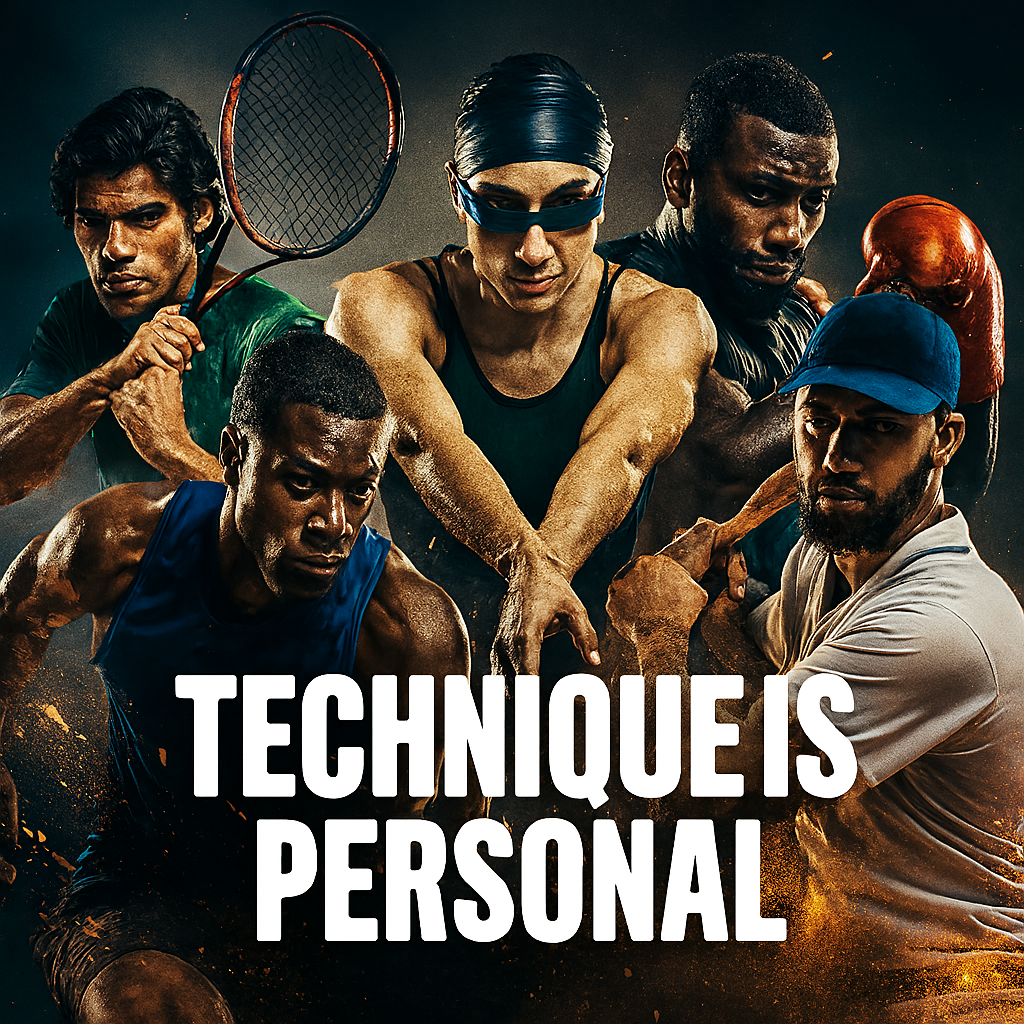
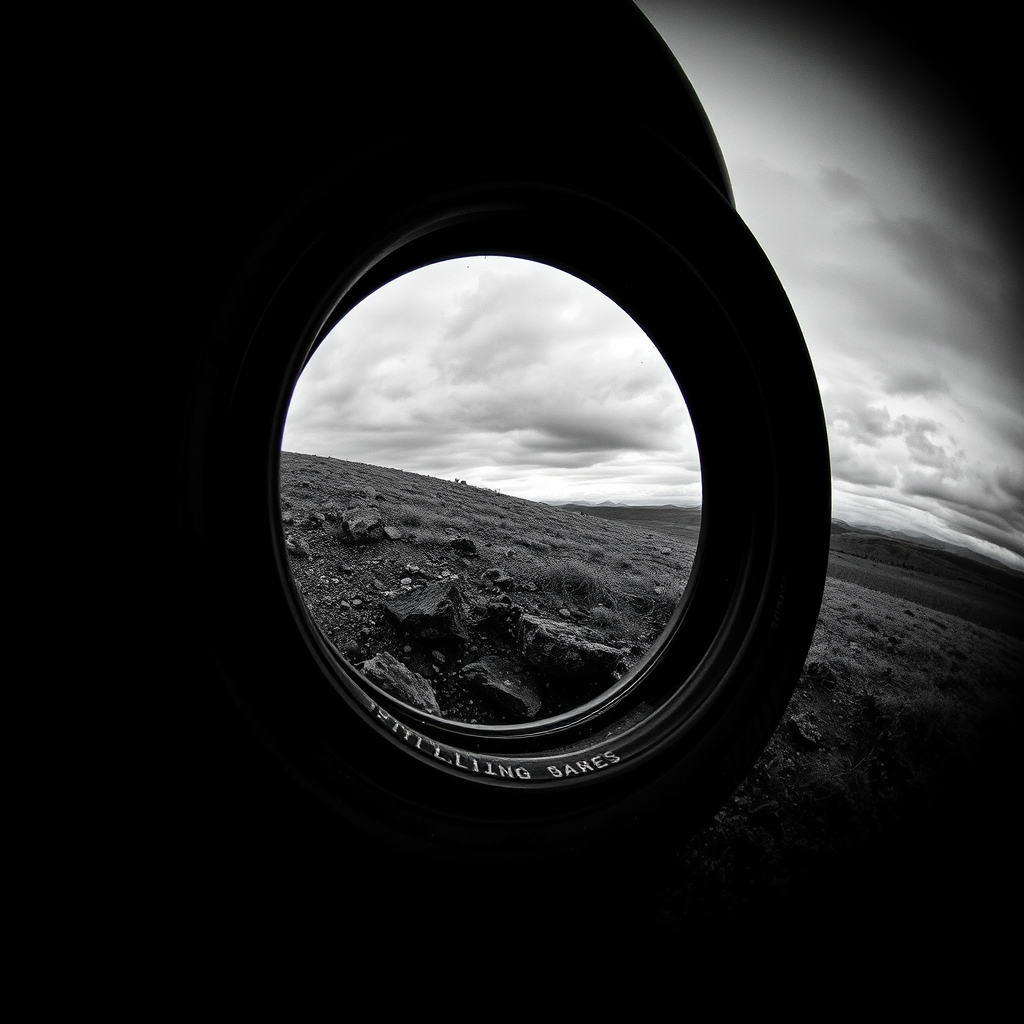
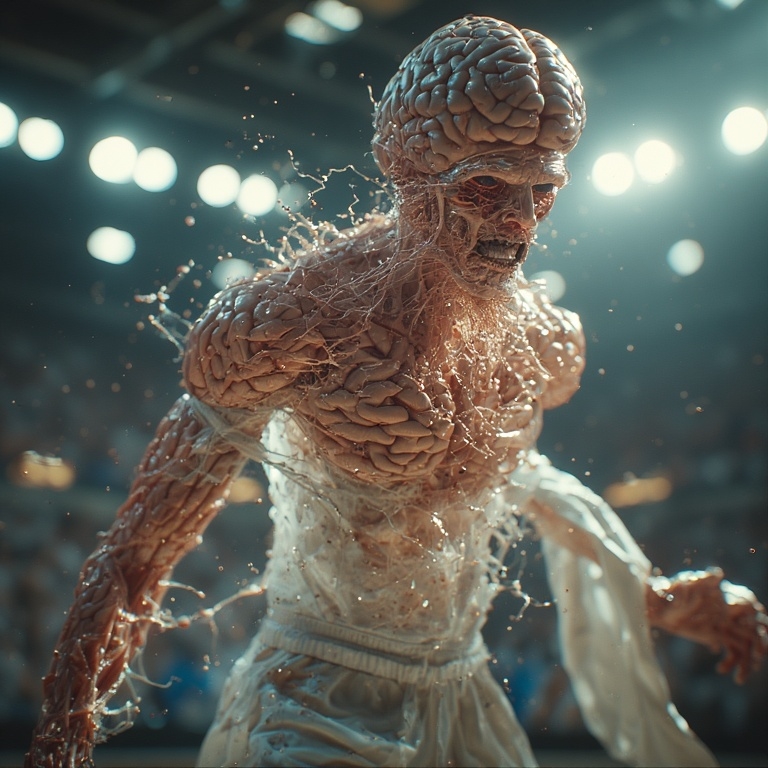
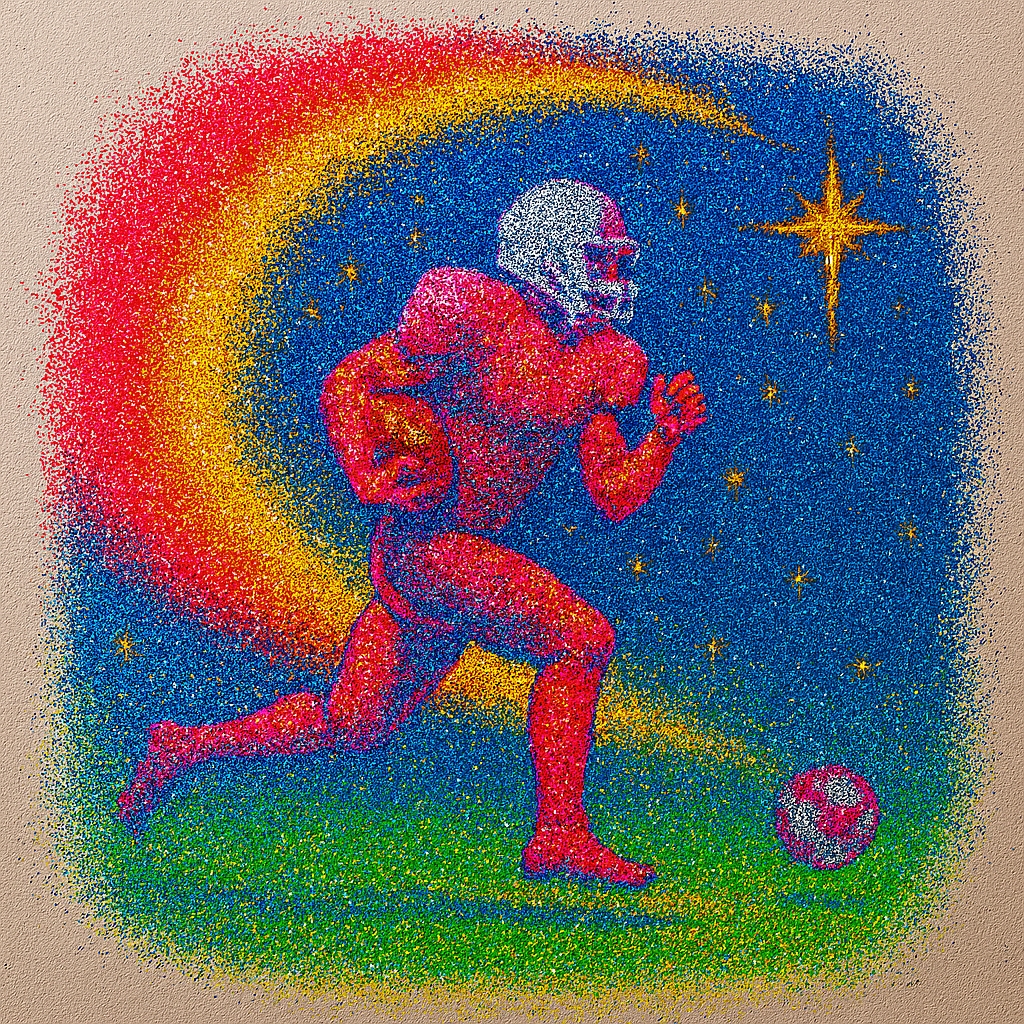
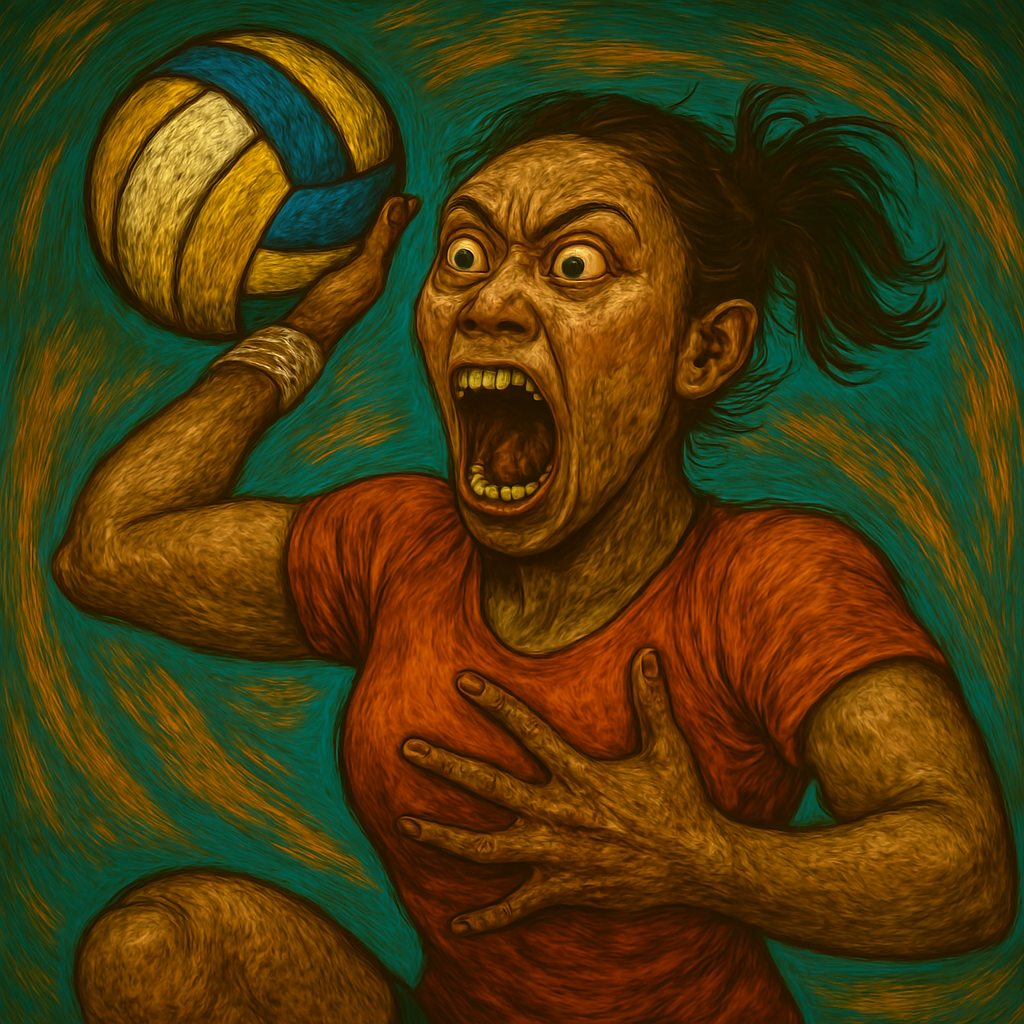
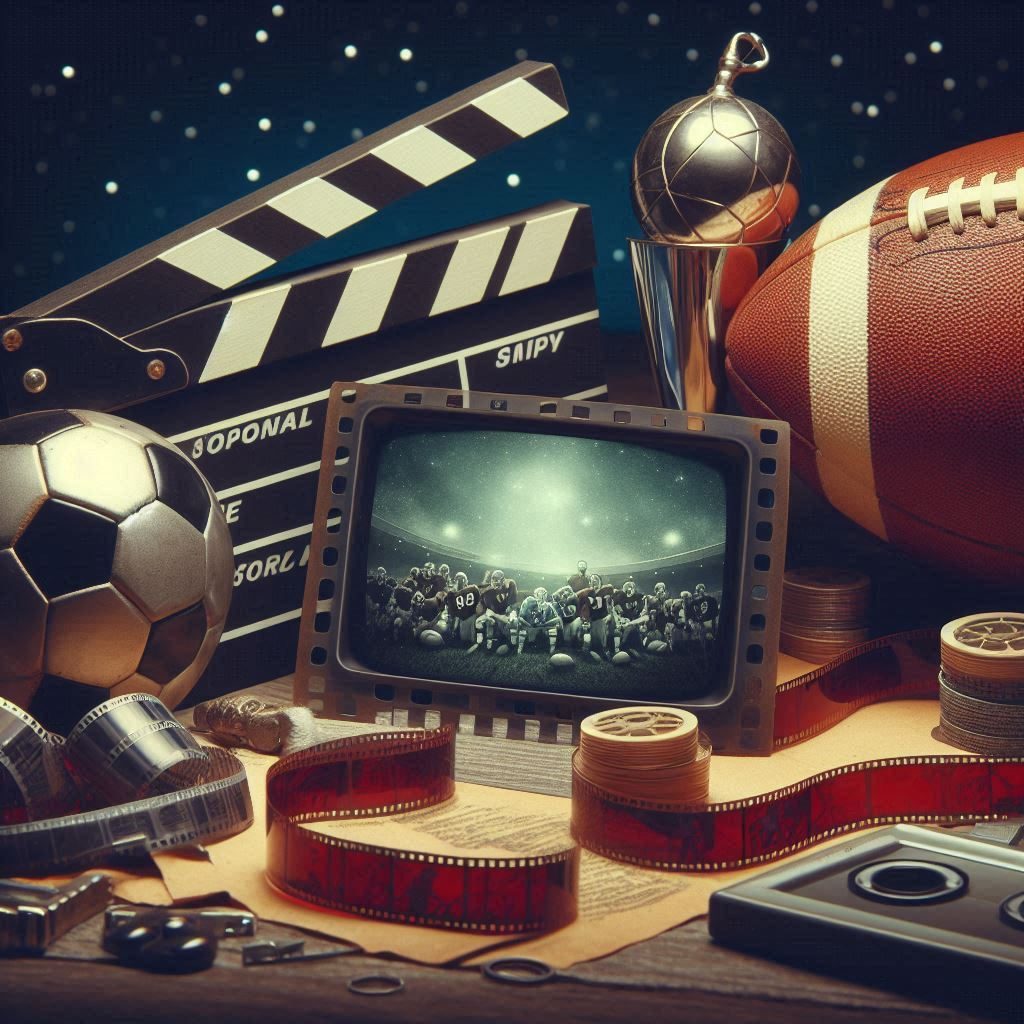
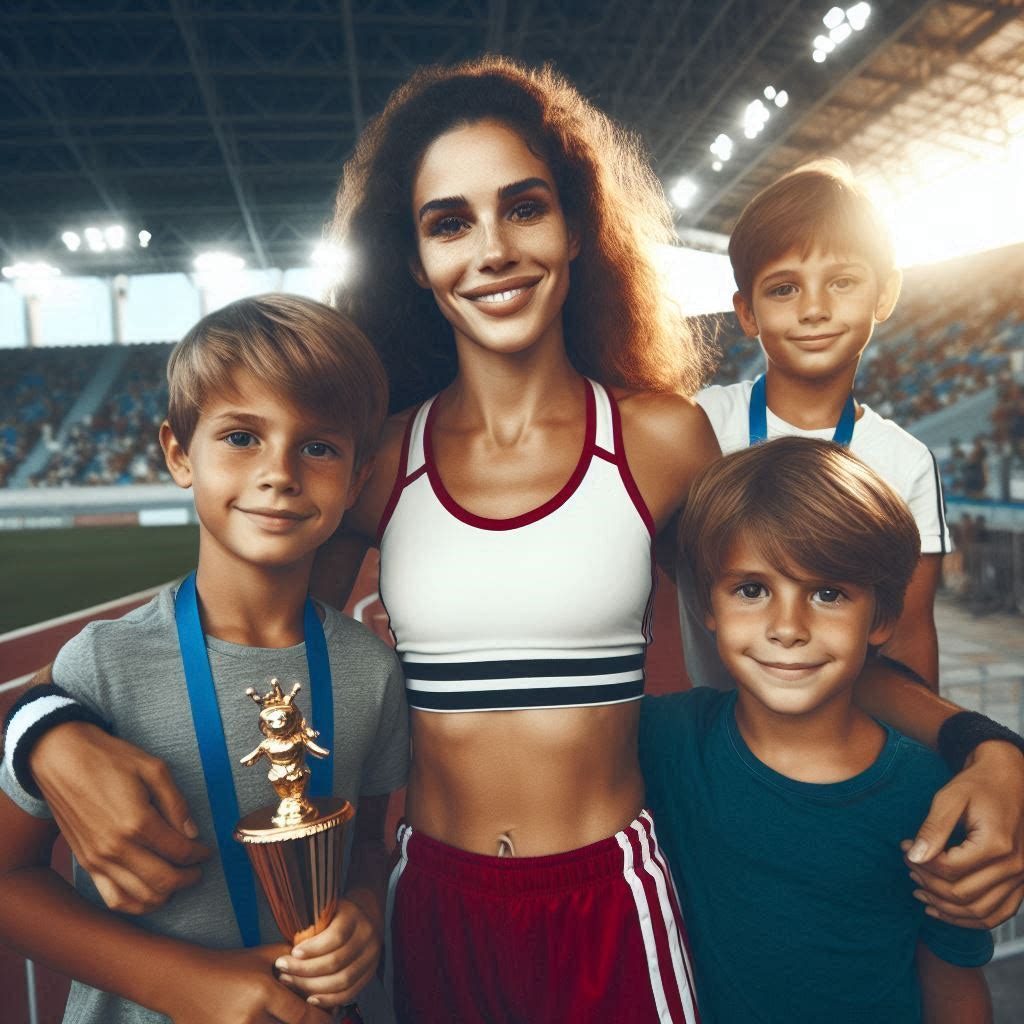
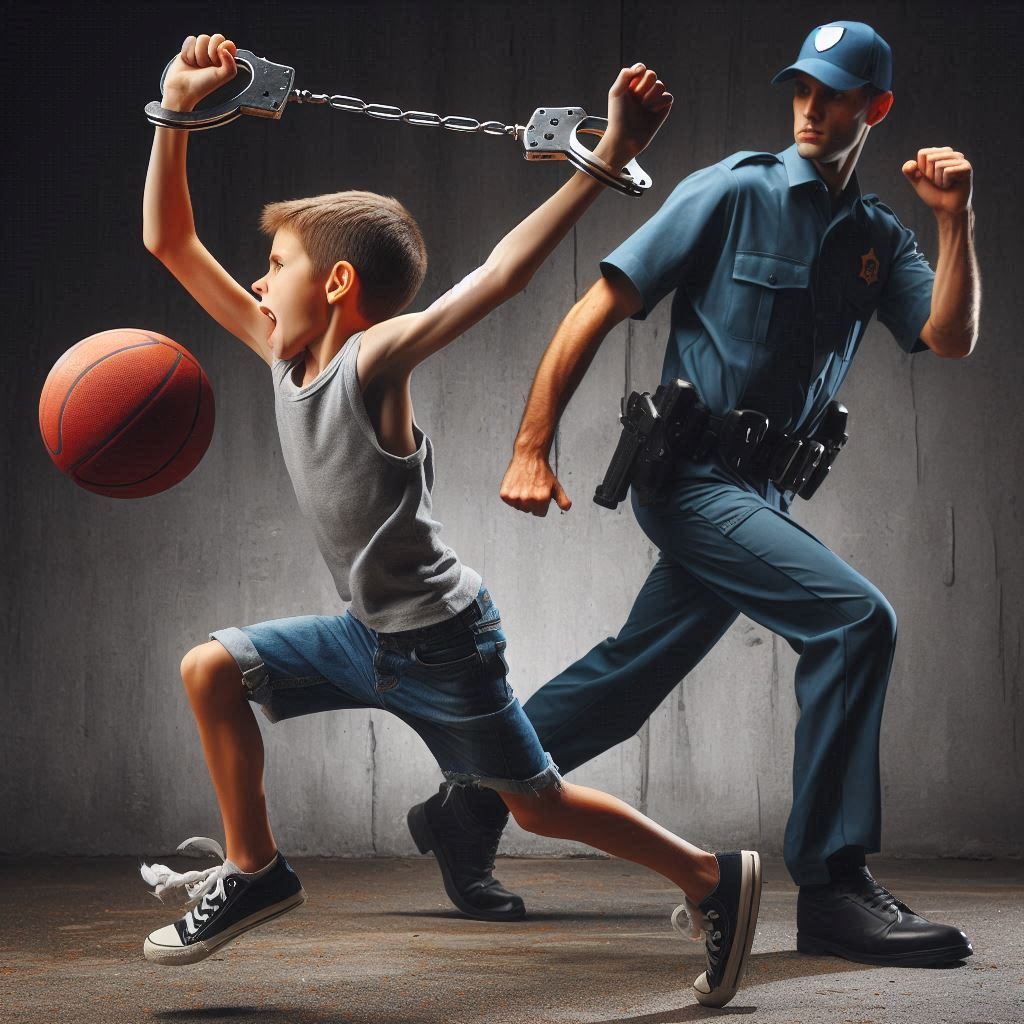
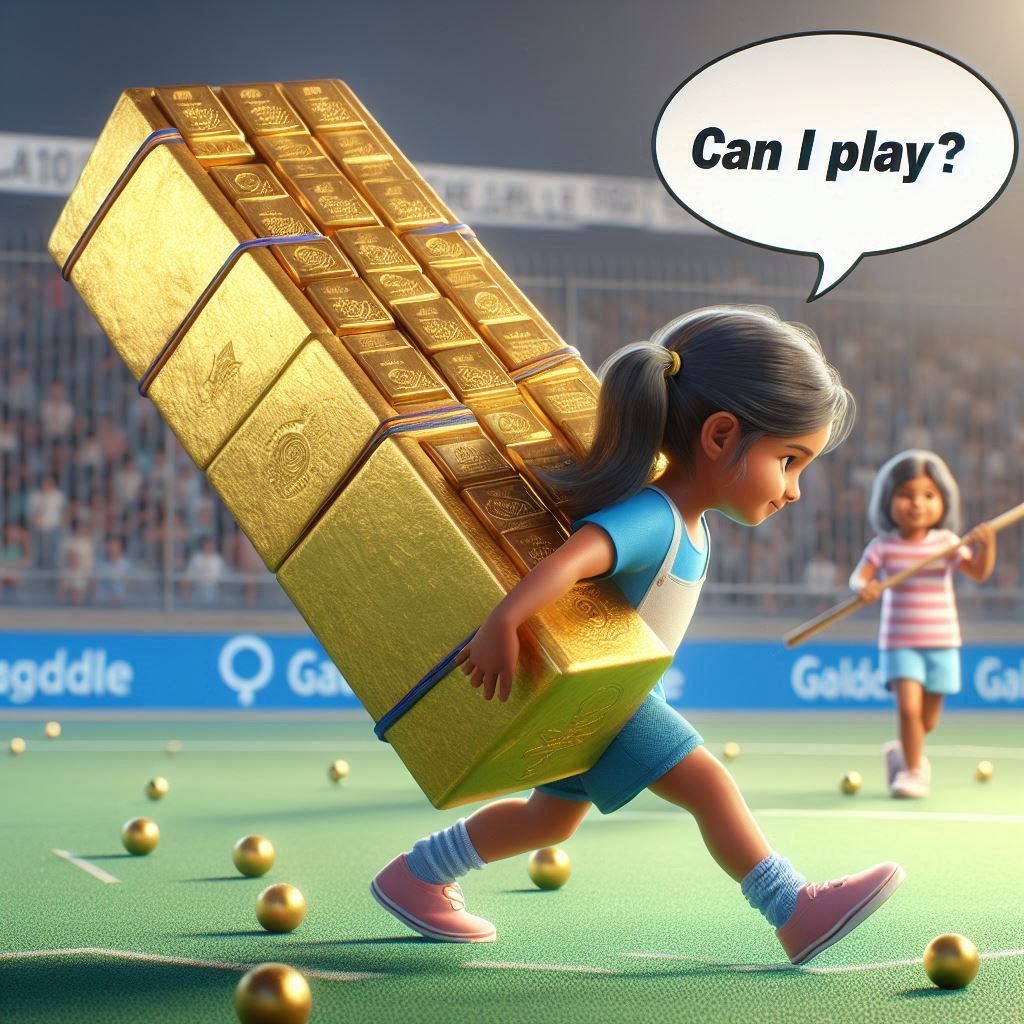
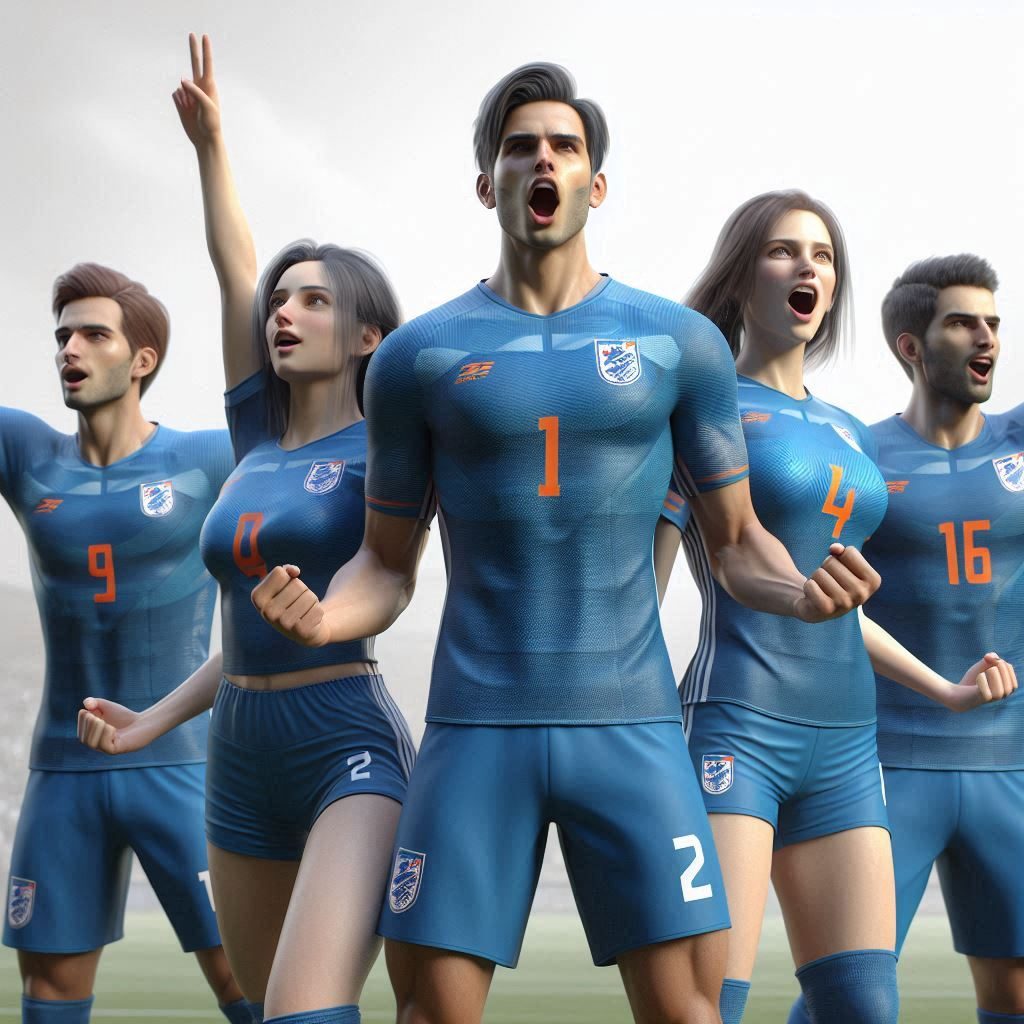
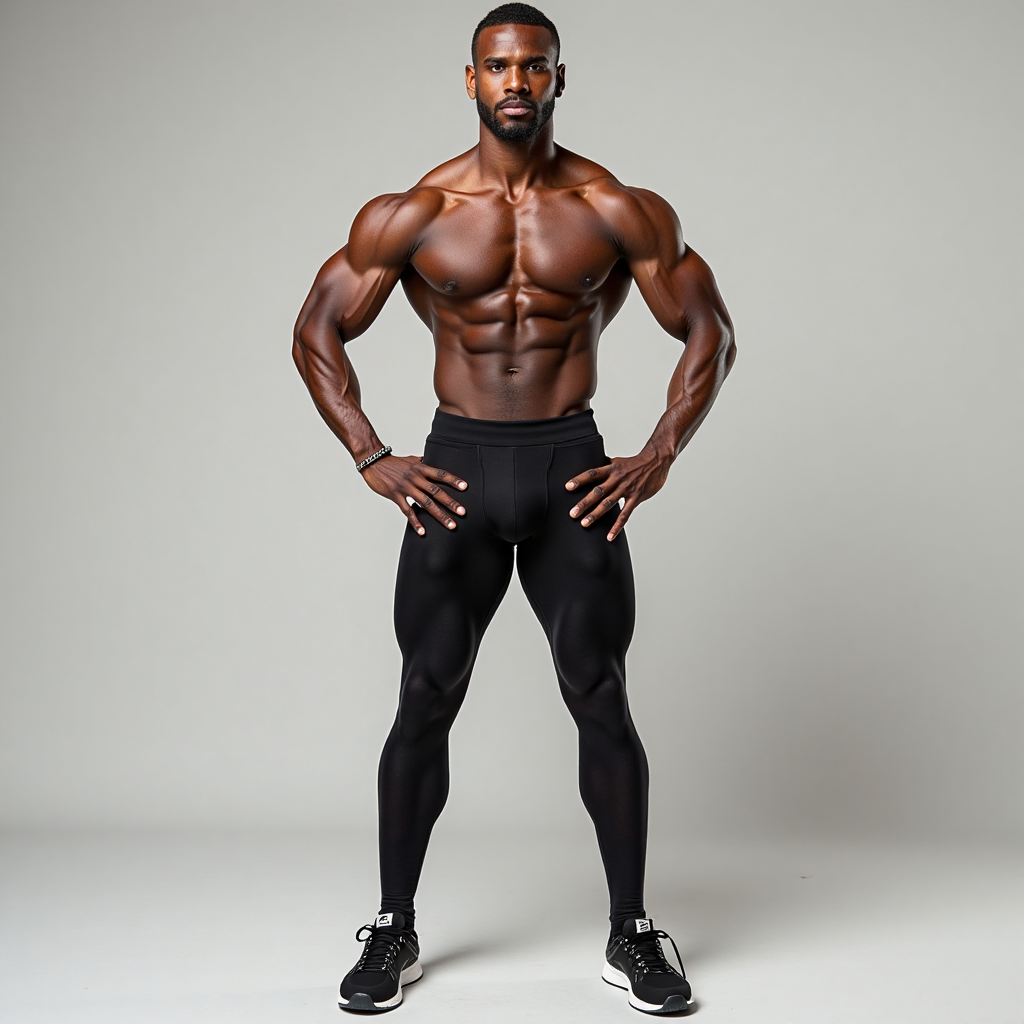


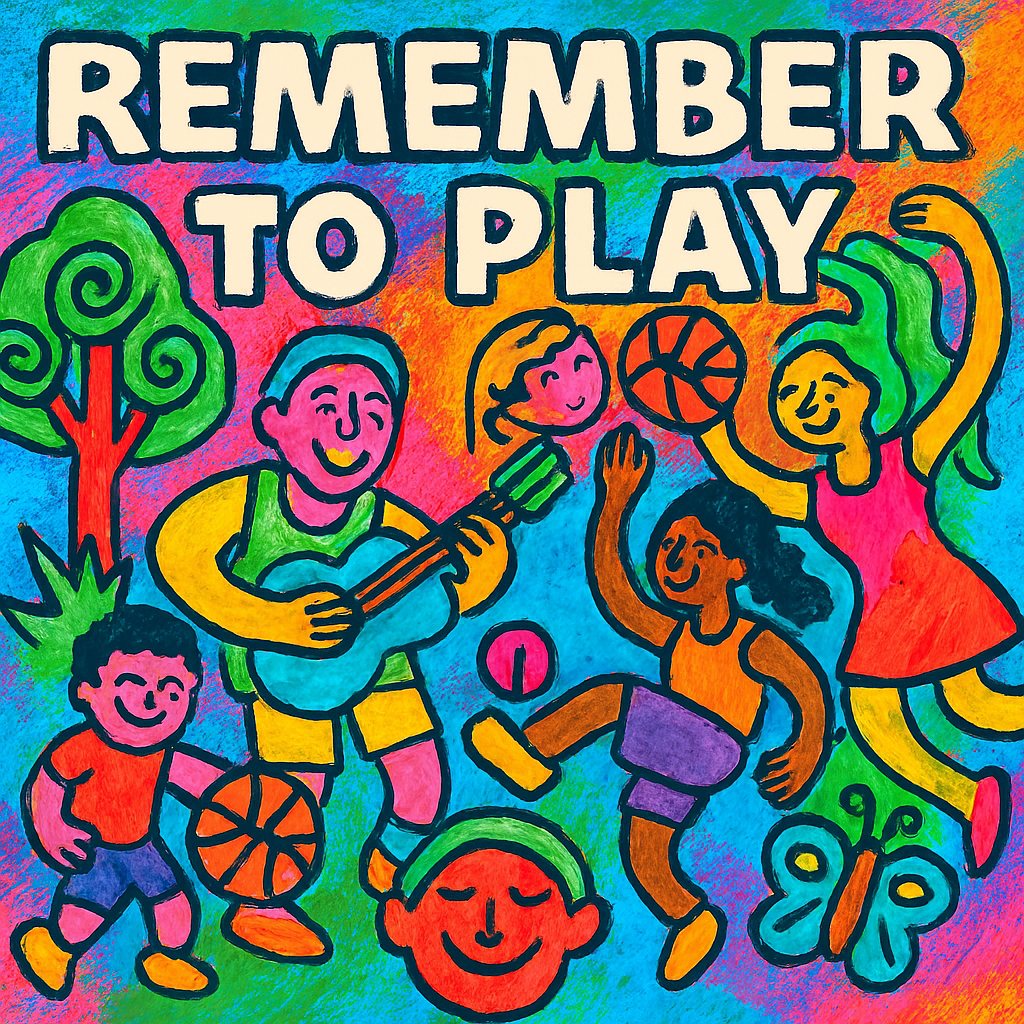
The Identity Performance Desire To Be Rebellious You
[…] to be different can help people find their tribe. It signals values, aesthetics, and emotional resonance. Internally, the person may feel hopeful, curious, or emotionally open. The performance of […]